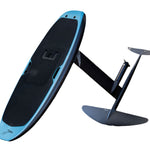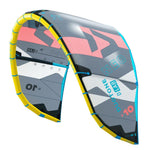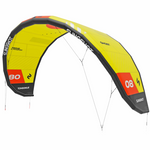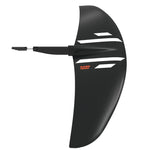You have no items in your shopping cart.
A lightweight, low-profile helmet engineered specifically for the safety of surfers and water sports enthusiasts. The Sentinel 1’s technically advanced design provides high-level impact protection with optimum aquadynamic performance.

Why Helmets Make Sense
Look around any popular lineup these days and it’s clear: A new age in surfing is here. Never before have we seen so many wave-riding crafts out there—the gamut of modern shortboards, midlengths, longboards, stand up paddleboards, foil boards, kite boards, softboards, finless boards, kneeboards, surf mats, even the occasional kayak or wave ski.
Crowds are maxing out, especially when summer throngs peak with surf school beginners and novices who are still learning how to safely handle their boards. The exponential increase in the surfer population coupled with the variety and growth in wave riding equipment has created a situation where more risk is taken and more accidents are happening.
Head Trauma
Accidents happen in an instant, most often caused by a crash, bad decision or split-second action. Head trauma is the leading cause of injury for surfers. By far the number one surfing accident is being hit in the head with your own board, followed closely by being hit in the head by another surfer’s board. Most often, the results of head-related incidents include scalp or facial lacerations, concussions, nasal fractures, dental issues and perforated eardrums. And this stuff can happen in all types of conditions, not just while surfing big waves or shallow, challenging reefs.
Wiping out and striking the sea bottom (coral reef, sand, rocks) are also common causes of injury. Once this happens, it compounds the risk of drowning resulting from a loss of consciousness.
Shelter from Wind, Water and Sun
Beyond impact protection, helmets help keep water and wind out of our ears. This helps prevent a very common medical problem known as Surfer’s Ear, a condition where extra bone forms as lumps grow in the ear canal. Exposure to cold water and wind—especially the combination of the two—accelerates this growth. Its prevalence among surfers is high, with studies saying up to 60–80% of surfers worldwide will experience some degree of Surfer’s Ear during their lifetime.
In a 2015 study from Bond University in Australia, surfers are three times more likely than non-surfers to get melanoma, the most serious strand of skin cancer. The ears, top of the head and forehead receive excessive sun exposure in those who surf regularly. Helmets can help offer another layer of protection in the prevention of skin cancer.






















